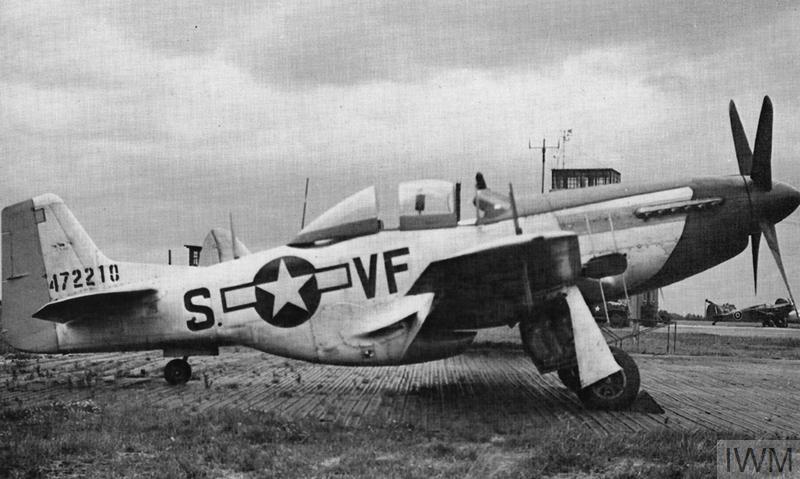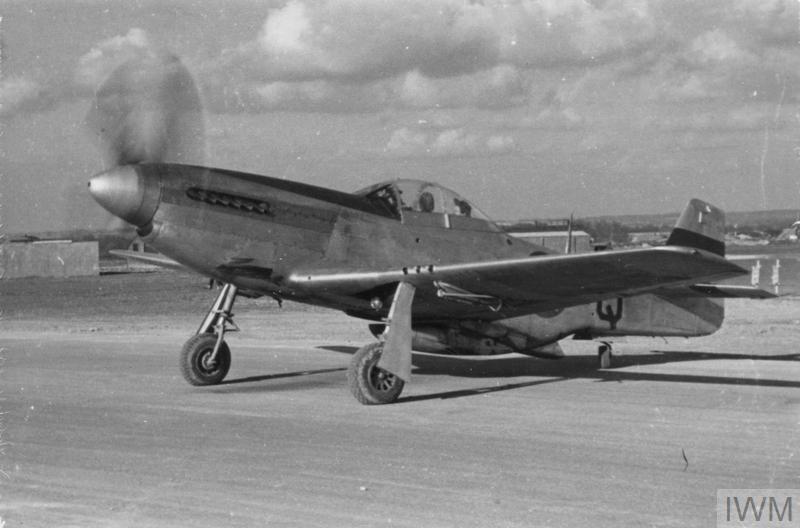BarnOwlLover
Staff Sergeant
Well, pretty much as the thread title says, but some details. At least one (and probably only one) P-51D was converted into a two seat night fighter (photo at IWM here, and a similar non-night fighter conversion):

 www.iwm.org.uk
www.iwm.org.uk

 www.iwm.org.uk
www.iwm.org.uk
And on the other end, though built as a very long range fighter, most F-82s post war after SAC service were used as night/AW fighters in North America and the Korean War. However, let's fast forward the timeline (and keep the Merlin engines, too) and give some guesses on how the F-82 might have done in World War II as a night interceptor.

UNITED STATES EIGHTH AIR FORCE IN BRITAIN, 1942-1945
A two seat P-51 Mustang (VF-S, serial number 44-72210) of the 336th Fighter Squadron, 4th Fighter Group."P.51D Mustang, coded VF-S, right-sided view, with cockpit double-split open.

UNITED STATES EIGHTH AIR FORCE IN BRITAIN, 1942-1945
A two seat P-51 Mustang of the 355th Fighter Group used to train weather scouts.Handwritten caption on reverse: 'This print has missed the censorship. 17c Dux plom 14103204. 2-seater Mustang used for training of weather scouts (bomber pilot volunteers).'
And on the other end, though built as a very long range fighter, most F-82s post war after SAC service were used as night/AW fighters in North America and the Korean War. However, let's fast forward the timeline (and keep the Merlin engines, too) and give some guesses on how the F-82 might have done in World War II as a night interceptor.
